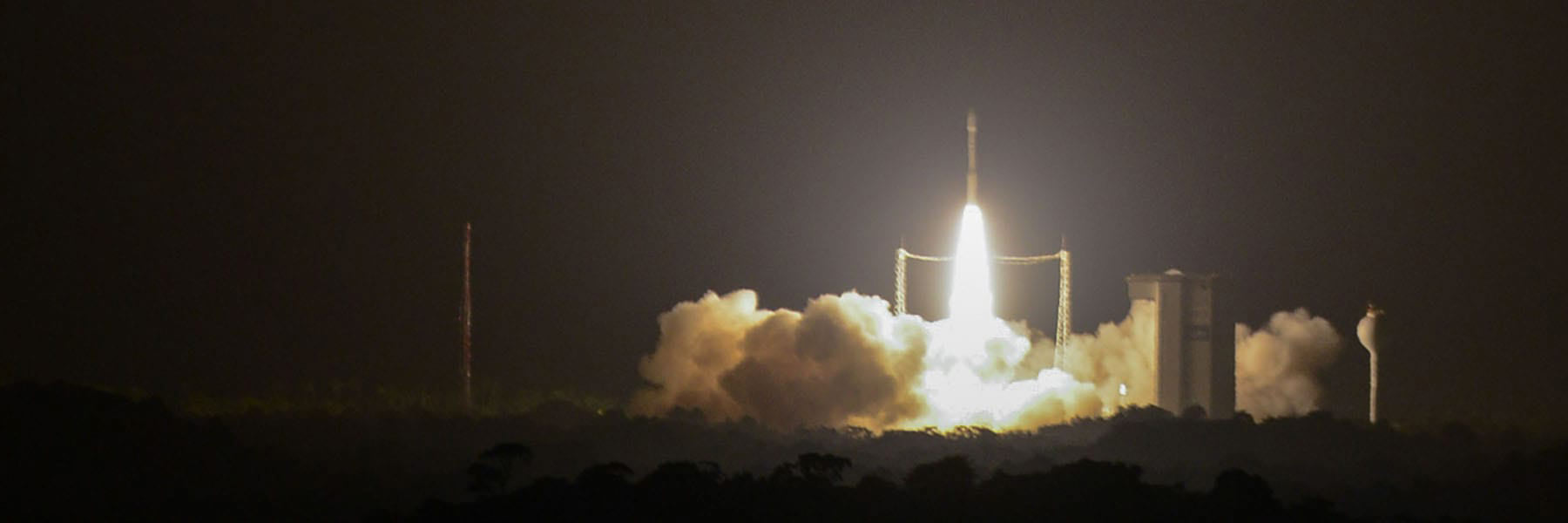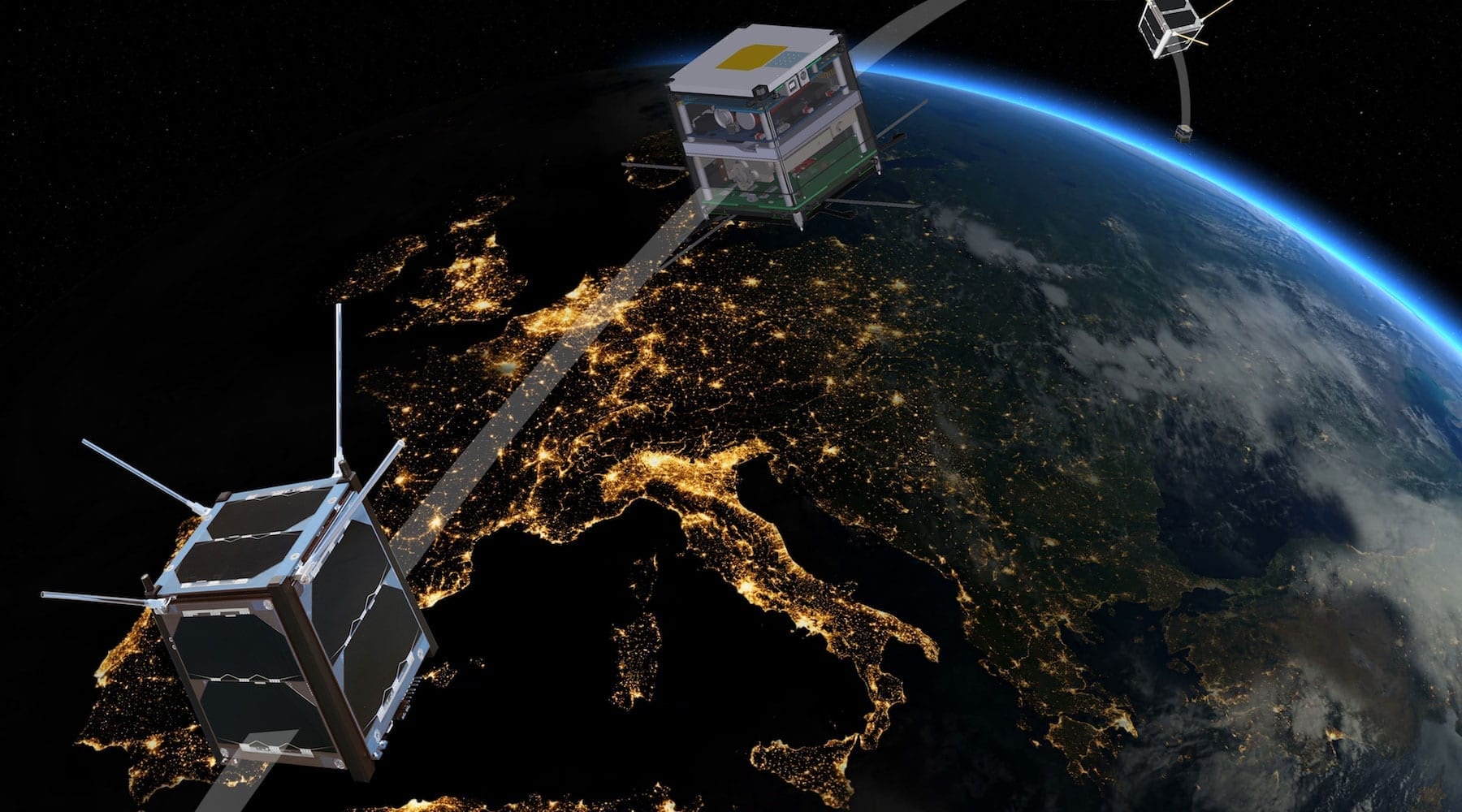A BASIC GUIDE
TO NANOSATELLITES
Since 2008, the team at Alén Space has been developing nanosatellites under CubeSat standard, the result of a joint development project between California State Polytechnic University (Cal Poly) and Stanford University that got underway in 1999. The original aim of the CubeSat project was to ensure affordable access to space for university researchers.
Over time, the programme was extended to include scientific and educational institutions around the world, as well as public initiatives in a number of countries and eventually also to private enterprise.


WHAT IS A NANOSATELLITE?
Nanosatellites are loosely defined as any satellite weighing less than 10 kilograms. CubeSats must also comply with a series of specific criteria that control factors such as their shape, size and weight. CubeSats can come in various sizes, but they are all based on the standard CubeSat unit, namely a cube-shaped structure measuring 10x10x10 centimetres with a mass of somewhere between 1 and 1.33 kg. This unit is known as 1U.
After the first few years, this modular unit was multiplied and larger nanosatellites are now common (1.5U, 2U, 3U or 6U). Today, new configurations are under development.
Nanosatellite development based on CubeSat standards guarantees ongoing and relatively inexpensive access to space, as well as a wide range of launch and space rocket options.
CubeSat standardisation opens up the possibility of using commercial electronic parts and the choice of numerous technology suppliers, thereby considerably cutting the costs of CubeSat engineering and development projects in comparison with other types of satellites.

NANOSATELLITES VS CONVENTIONAL SATELLITES
Less size
Lower prices
Short development
Humankind successfully sent its first artificial satellites into the Earth’s orbit in 1957, with the USSR’s Sputnik models. Since then and up until the end of the 20th century, the world’s superpowers, led by their governments, launched hundreds of satellites, competing in a race to explore space in a series of increasingly ambitious and complex projects.
The first Sputnik weighed 80 kg and the second over 500. Today, the International Space Station has a mass of 420,000 kg.
To date, space technology has tended to become increasingly large and sophisticated, accessible only to the space agencies of the world’s most developed countries and major corporations.
New Space is based on a philosophy of creating less expensive satellites in shorter periods of time, thanks to the falling costs and miniaturisation of electronic parts. With nanosatellites, the benefits that were traditionally reserved for large companies or space agencies with vast financial resources have been democratised and are now accessible to companies of all sizes.
HOW LONG DOES IT TAKE TO DEVELOP A NEW NANOSATELLITE?
Apart from their size and cost, the biggest advantage of a nanosatellite is the short time period required to develop each model. A large satellite requires between 5 and 15 years to identify the need and place it in the right orbit under normal parameters.
So what are the implications of this? Between the start and end of operations, needs may well have changed, which means that the initially planned uses are no longer market-appropriate. What’s more, telecommunications technologies are constantly changing and being updated, which means that conventional satellites eventually end up operating with 15-year-old technologies. It is impossible to constantly update large satellites, which means that they cannot be modified even when a market or technology opportunity arises.
However, this is not the case of nanosatellites: it can take less than 8 months to detect a need and place them in orbit.
In addition to guarantees of redundancy and robustness, nanosatellite constellations provide a system in which the concepts of obsolescence or useful life are no longer an issue. The very nature of nanosatellites means that constellations are regularly renewed, ensuring a consistent state-of-the-art system, the result of ongoing technological upgrades.
This constant renewal ensures that the constellation owner can provide an optimum technological service at all times.

Less than 8 months of development

Nanosatellite Launch Procedure
Once the satellite has been developed, tested and is ready for operations, it must be placed in orbit. There are currently multiple launch options for small satellites, including the shared use of government agency rockets, private company launchers or logistic links with the International Space Station (ISS).
CubeSats take up reduced amounts of volume and mass, making them easy to load onto spacecraft as well as a low cost solution.
Furthermore, the emergence of micro-launchers around the world, dedicated exclusively to placing small satellites in orbit, has forced the market to lower launch prices.
KEY FACTS ABOUT CUBESATS
Polar orbit
Satellites travel around the Earth in circular or elliptical orbits thanks to the balance between the gravitational and escape pull during launch. The absence of air means that there is no friction to alter the equation and they can remain in orbit practically indefinitely. Nanosatellites usually follow a polar orbit, which means they move along the Earth’s meridians. When a satellite comes to the end of its operational life, it re-enters the atmosphere and disintegrates.
Low altitude
Typically, nanosatellites are launched in low circular or elliptical orbits (altitudes of between 400 and 650 km) and travel at around 8 km per second. At this altitude and speed, it takes them around 90 minutes to orbit the Earth, completing between 14 and 16 orbits a day. These conditions are ideal for small satellites. By orbiting closer to the Earth, they not only guarantee optimum conditions for land observation or communications, but are also better protected from solar and cosmic radiation.

HOW MANY SATELLITES ARE THERE IN SPACE?
Since the first artificial object was placed in orbit around the Earth, back in 1957, humankind has launched thousands of satellites, although there are no reliable or complete records. According to the United Nations Office for Outer Space Affairs (UNOOSA), more than 20,000 objects have been launched into outer space. However, this number does not only include satellites, but also probes, rockets and other devices. Due to the nanosatellite revolution, the number of objects will rise sharply over the coming years as the vast potential of Space Business unfolds.

What is a Small Satellite Constellation?
Small satellites are groups of constellations that provide backing, redundancy and granularity for the services they provide. Each satellite within a constellation is renewed every 2-4 years, thereby guaranteeing that the operator will always have an optimised low risk service that receives ongoing technological upgrades.
Small satellite constellations are therefore systems in which the concepts of obsolescence or useful life are no longer an issue.
CUBESAT APPLICATIONS
The beginning of this century saw the emergence of CubeSats, a new paradigm in the satellite industry. They are radically smaller than conventional satellites, resulting in lower costs, which offsets the reduced risk of failure and shorter useful life, which is nevertheless acceptable for numerous applications.
The special nature of small satellites does not prevent them from carrying out the same tasks as larger devices. The features naturally differ, but are sufficient for multiple industrial applications.
Earth Observation
Collecting and interpreting data is essential for the correct management of natural resources and developing sustainable economies. Analysing human impact on agriculture, forest, geology and the environment is crucial in order to improve the population’s living conditions.
Communication and IoT
Nanosatellites have laid the foundations for developing the Internet of Things (IoT) on a global scale, connecting areas of the world without land communication cover via infrastructures in space. There is a growing number of sensorised objects and networks requiring global connections and communications.
Geolocation and logistics
Locating and handling assets (aircraft, ships, etc.) can prove impossible or at best extremely costly in areas where there is no land cover. Located in space and offering a global vision, small satellite constellations can provide immediate monitoring of asset groups anywhere on the planet. Small satelites can complement current networks by providing complex logistic management solutions.
Signal Monitoring (SIGINT)
Small satellites can monitor radio signals transmitted from Earth. This means that in the event of a disaster, they can provide initial information regarding the degree of impact and the most seriously affected areas, allowing for more effective planning of rescue and relief work.
Scientific applications
In addition to commercial solutions, CubeSats can also be used for space observation programmes, interplanetary missions, systems testing in orbit or biomedical research. They also represent a gateway for the development of space programmes in those countries that have not yet joined the space race.

